This post may contain affiliate links or mention our own products, please check out our disclosure policy here.
Written by Donna Gum in Fifth Wheels,Trailers
Trailer tires last long enough to enjoy a lot of great RV trips. On the outside, they might look fine. But inside could be another story. Here’s what you’ll learn about when to replace RV trailer tires:
I found with tires, there are two areas to be concerned about: tread and aging tires.
Aging tires also have obvious sidewall cracks. But cracks don’t always appear on the sidewalls. Some might be inside your tire. Internal cracks lead to separation of the steel belts. This can cause you to lose control of your trailer on the road.
Regardless of the mileage, if a trailer sits for four years without moving, the tires are still deteriorating. All RV trailer tires should be replaced within five years.
You know RV tires need replacing about every four or five years. But how do you know how long the tires were at the tire shop before you purchased them? There’s an easy way to find out.
All tire manufacturers stamp production dates onto the sidewalls. To find out how old your tires:

Heat and improper maintenance cause deterioration of tires. So does ultraviolet light, which causes chemical changes in the rubber. And just as hoses and belts in cars can dry rot, dry rot can set in if the tires are exposed to extreme heat and low inflation. Lack of use accelerates the process. Discoloration and cracks in the sidewalls of a tire can be a clue to dry rot.
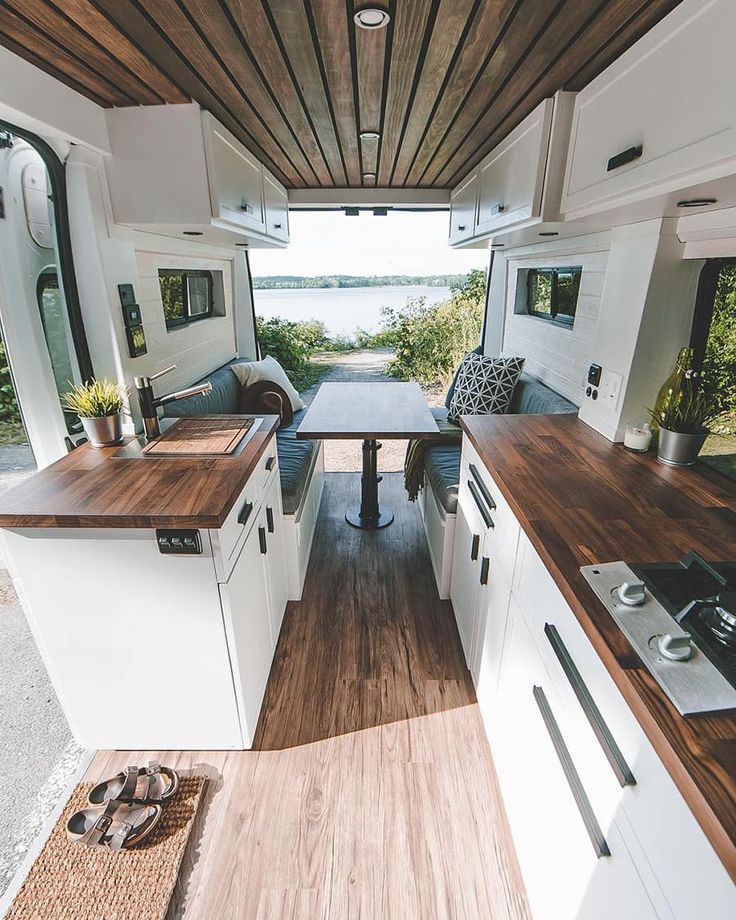
Trailer tires are made with a thicker sidewall to handle weight, they require the right amount of inflation. If RV tires are under-inflated, it causes more heat while driving, and the tire could fail.
Proper RV trailer tire inflation is a must. Using the right amount of PSI prevents RV trailer tire blowouts, increases fuel efficiency, and slows the tire aging process. Take that pressure gauge out and put it to good use before each trip.
Your RV trailer tire maximum PSI is located on tire sidewalls.
RV tire pressure monitoring systems are an excellent investment. They give warnings if one of your tires becomes underinflated. This increases your safety and reduces risk of tire failure while moving. Many insurance carriers offer discounts for TPMS owners.
They give warnings if one of your tires becomes underinflated. This increases your safety and reduces risk of tire failure while moving. Many insurance carriers offer discounts for TPMS owners.
Tires can also be kept in better condition by winterizing them along with the rest of the camper.
Help your RV trailer tires last longer by keeping them balanced. Unbalanced RV tires develop wear spots on the sides of the tire treads. These spots can be harder to see on the inner side of the tire.
Passenger car tires are not built for campers with the heavier weight load.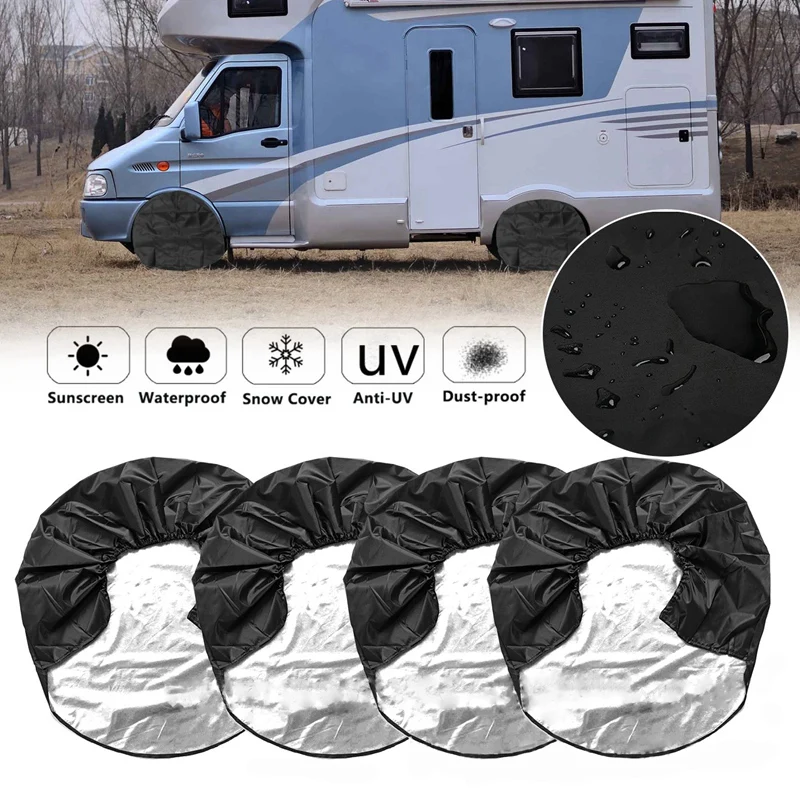 There are differences between passenger car tires, light truck tires, and special trailer tires. Light truck tires are more flexible and less durable for an RV trailer. This can lead to more chances of a blow-out or swaying.
There are differences between passenger car tires, light truck tires, and special trailer tires. Light truck tires are more flexible and less durable for an RV trailer. This can lead to more chances of a blow-out or swaying.
Using the right tire can help avoid trailer sway and tire blow-outs. Trailer tires are designed with larger polyester cords and stiffer sidewalls for carrying heavier weight loads. Special trailer tires should never be used for drive or steering axles, but for trailer position axles only.
If you see the letters LT, you have light truck tires, which need to be changed. Check and be sure that you don’t have an ST tire on the drive or steering axles. As I mentioned before, weight load is important. Since I load my camper with water, fuel, and food, how much weight can I safely put on my tires?
If you want your tires last as long as safely possible, don’t overload them. Overloading can also cause a tire blowout. Check the sidewall for the letter showing the load range. This can be a letter from A through N. Charts at tire shops will show what weight that letter load range can be. Note the letter on the sidewall of your trailer tire when you get your trailer. Never switch to a lower load-bearing tire.
Whether you are a weekend warrior or a full-time RVer, keep an eye on your wheels, your load range, and your PSI. Stay on top of all three and your trailer tires can carry you to many great adventures.
A First Look At The 2023 Thor Tellaro
Check out the latest 2023 Thor Tellaro.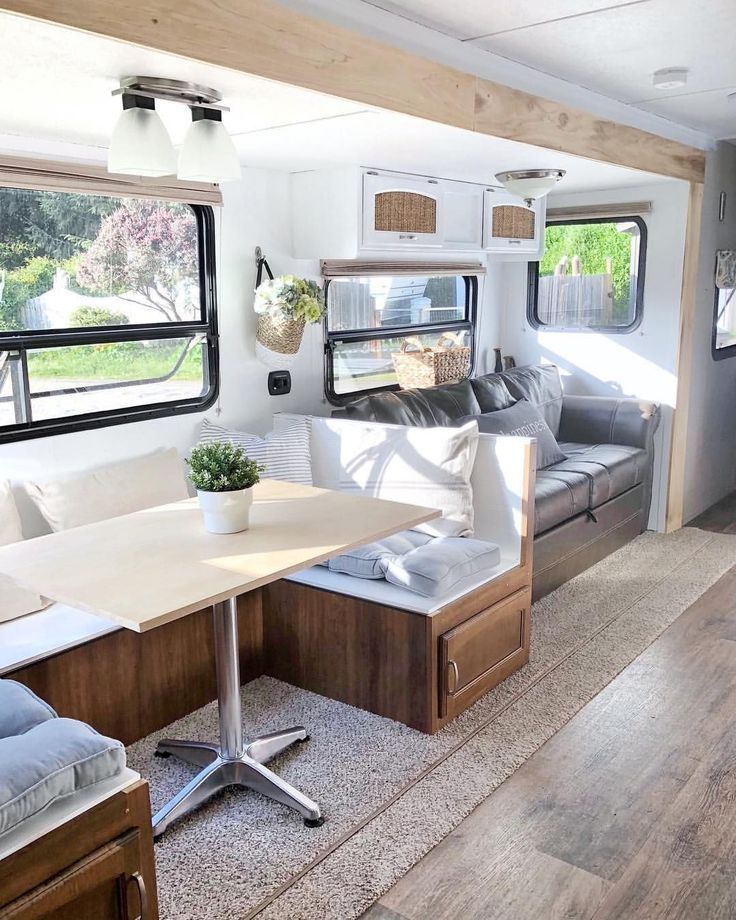 Photos via Thor Motor Coach What's New For The 2023 Thor Tellaro? Thor Motor Coach has been one of the biggest names in the RV world for quite some...
Photos via Thor Motor Coach What's New For The 2023 Thor Tellaro? Thor Motor Coach has been one of the biggest names in the RV world for quite some...
Continue Reading
link to A New RV Park Is Coming Soon To The Wilds In OhioA New RV Park Is Coming Soon To The Wilds In Ohio
The Wilds RV Park And Campground Is Coming Soon New RV parks are emerging all the time, but it's often hard for any single one to stand out. However, there's a newcomer to the game that has...
Continue Reading
One of the most important parts of your RV may be its tires. After all, you never know what sort of driving conditions you may come across, and the quality of your tires could be vital for the safety of you and your passengers. However, most drivers want to avoid changing their tires if it isn’t necessary, as wheels for your rig may add up to a hefty investment.
To make sure that you are safe on the road, here are some tips for knowing when to replace your RV tires. Some of these rules are similar to what you may expect for your everyday vehicle, while other considerations should be kept specifically in mind for your oversized RV.
Some of these rules are similar to what you may expect for your everyday vehicle, while other considerations should be kept specifically in mind for your oversized RV.
Here’s a look at when you should replace your RV tires.
Time Considerations
One of the first things to look at when deciding whether or not you should change your RV tires is the time frame that it’s been since you last changed them. The common rule of thumb for changing your RV tires is anywhere between three and six years. If you are on the road often, and you think your tires need to be changed, then it may not be possible to last as long as six years. Then again, if you only take your rig out sporadically, then you may be able to push it up to that six year mark – although it’s never recommend going much longer than that.
Wear Considerations
No matter what the timing has been since your last change, you should also give your tires a good look over before you head out on a road trip. If you notice that your tires are wearing unevenly, or if they have little tread left on them, then it’s important you change them before you hit the road.
If you notice that your tires are wearing unevenly, or if they have little tread left on them, then it’s important you change them before you hit the road.
Every rig is different; as is the road you travel on. If your tires look like they are on the last mile, then change them sooner than later.
What’s The Length Of Your Next Trip?
Another consideration to make may be how long your next trip will be. For example, if you are planning on an extended vacation, then keep in mind that your tires will start to wear while on the road. Then again, if you are just going on a quick weekend trip, then you may be able to leave changing your tires until you get back.
It’s Better To Be Safe Than Sorry
In any circumstance, your RV is an investment that deserves the utmost care. If you think your tires need to be changed, it’s always better to be safe than sorry. Blowing a tire while you are on the road will result in a variety of frustrating scenarios that you’ll have to deal with.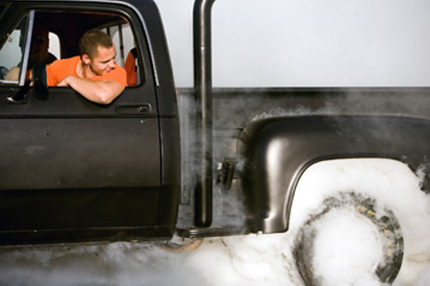 However, if you plan in advance and make sure that your tires are ready for the road ahead, then you can do a better job of ensuring the safety of everyone inside your rig and others on the road.
However, if you plan in advance and make sure that your tires are ready for the road ahead, then you can do a better job of ensuring the safety of everyone inside your rig and others on the road.
Crossroads Trailer Sales has been the #1 5th Wheel dealer in New Jersey for the last 9 years. Our 10 acre lot features over 250 5th wheels, travel trailers, and toy haulers to choose from. We are a family owned and operated business that has been proudly serving the RV community since 1988. We have a full service parts and service department and are happy to help if you’re not up for DIY service! Please contact us for all of your 5th wheel and trailer needs. We look forward to hearing from you and thanks for reading!
Consumer disputes over the age of tires have not subsided for several seasons. Buyers are excited that the warranty period for tires is limited to 5-6 years according to GOST, and after the expiration of this period, the rubber becomes unusable.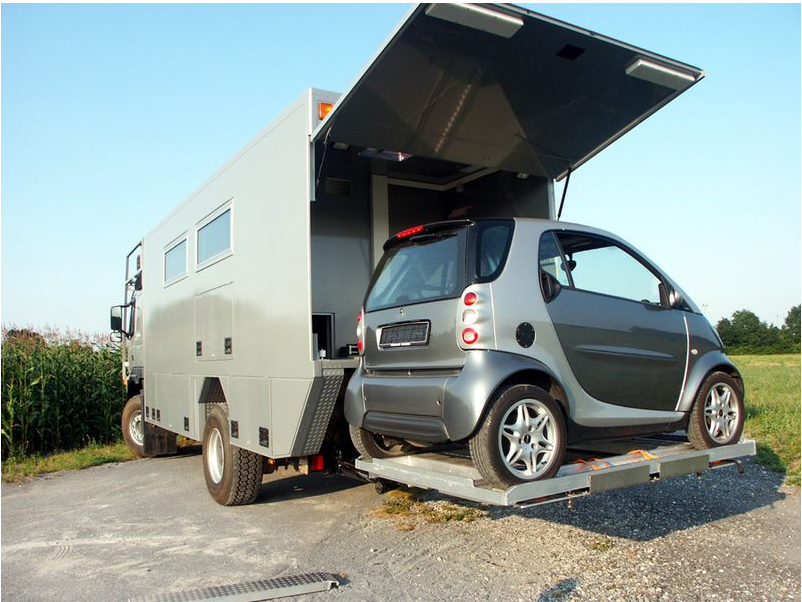
Is this really the case, read this article.
Manufacturers of most brands on their products set Shelf life is 5 years and service life is also 5 years .
The shelf life of a tire is the period during which it retains its performance when properly stored.
The end of this period does not mean that the tires have become unusable . A shelf life of 5 years is given by manufacturers because, by law, they cannot set a shelf life higher than the service life. Tires over 5 years of storage cannot be called damaged or defective, their technical characteristics may be slightly reduced. American researchers argue that the period of storage of "shoes" must be at least 10 years. Experts from Germany are sure that it cannot exceed 6 years.
The expiration date of tires is the warranty period during which the manufacturer is responsible for the quality and condition of the tire if it was used for its intended purpose without violating the operating rules.
According to Russian legislation (GOST 5513, GOST 4754-97) , the service life of tires is 5 years from the date of manufacture.
How can I find out the date of manufacture of tires?
You can find out the age of tires by a special DOT code. Tires manufactured after 2000 in the DOT code contain two pairs of numbers, where the first pair indicates the week number of the year, and the second pair indicates the year. Earlier tires before 2000 have 3 numbers in their composition, where the first two digits are the week number, and the last one is the year (see the transcript in the photo).
Determination of the average shelf life of a tire according to GOST and operating conditions.
- The symbol ZR denotes tires for high-speed cars. They are recommended to be used at speeds over 240 km/h. up to 6 years
- Tires with the H symbol are used at a maximum speed of 210 km/h. within 5 years.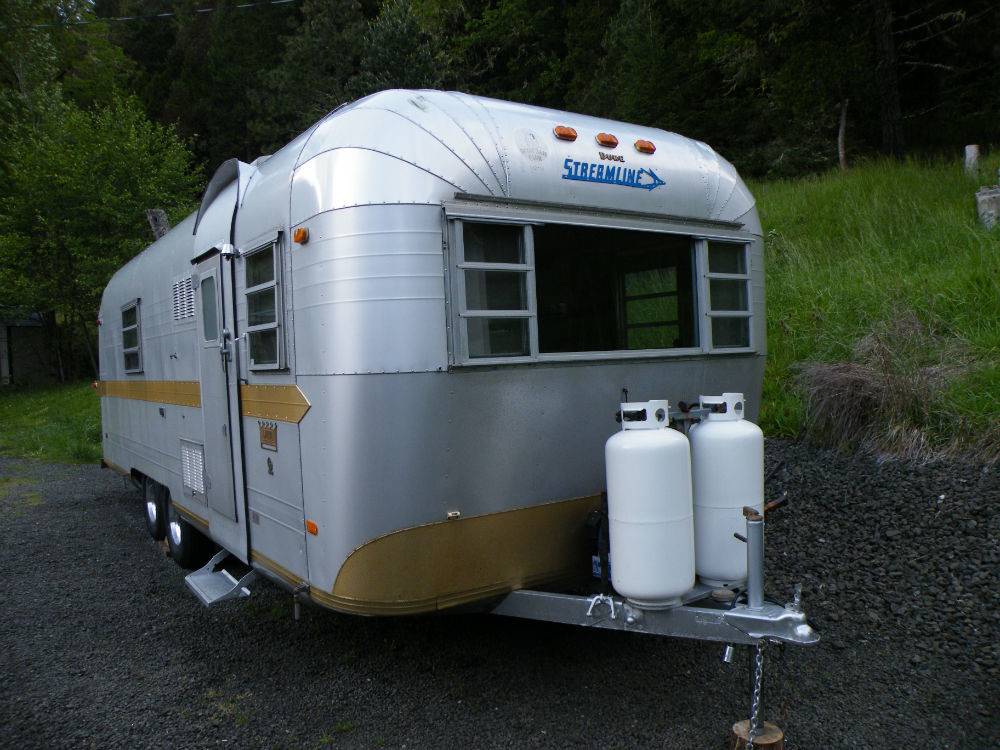
- The sign S symbolizes the maximum permissible speed of 180 km/h. and operational period of 4-5 years.
Most tire manufacturers do not agree that tire life is limited to 5 years. Each company has its own opinion on this matter. We analyzed several of them and the information they posted on their official websites.
Michelin
The French tire manufacturer Michelin has become famous for its active fight against the perception of the rapid aging of tires as a perishable product. Her information campaign "Tires Are Not Bananas" created a lot of noise in the automotive environment. According to the representative office, several test trials were carried out in Saudi Arabia, South Korea and Germany. As a result of testing, no difference was found between new tires and tires stored for 3 years. They were tested for various characteristics such as rolling resistance, high speed durability, etc. Tires with a year life were approximately equal in performance to 10-year unused tyres.
Tires with a year life were approximately equal in performance to 10-year unused tyres.
Michelin focuses the attention of car owners on the fact that tires are not a perishable product, their shelf life is not as important as the service life is important, starting from the date the tires are installed on the rims. It is from this moment that the tire is subjected to all tests: pressure, temperature changes, wear, contact with uneven and sharp coatings, etc.
Continental
On the Russian official website of Continental, we found the following information on the expiration dates of tires.
“When a tire is stored in the correct position and under the recommended conditions, it will not lose its original balanced performance for 5 years from the date of manufacture of the tire.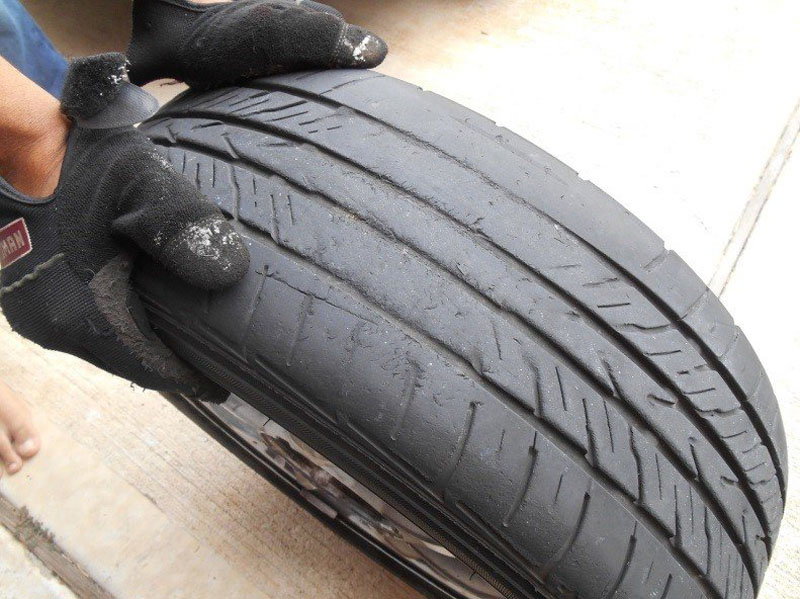
A properly maintained, unused tire less than 5 years old can be sold as a new tire and used normally.
Continental recommends replacing all tires (including spares) with a sidewall date greater than 10 years.
Nokian
The following information is posted on the Nokian official website:
“Tire life is not defined by law, but tires can only be considered “new” if they have been manufactured within the last five years. The recommended service life of tires is six years and the recommended maximum period is 10 years.
The opinion of our specialists, based on many years of experience, coincides with the opinion of manufacturers: the shelf life is 5 years + the service life is up to 10 years. Moreover, more "adult" tires, in our opinion, are of better quality.
To keep tires as long as possible, they are stored in compliance with all rules and recommendations. The main condition is a cool, ventilated, darkened room away from oils, paints, ozone, and heat sources.
Rubber products tend to lose their performance over the years. To prevent and slow down this process, manufacturers add polymers to the rubber compound. They prevent oxidative processes that occur due to the interaction of protectors with oxygen and ozone.
The following are the main conditions for the proper storage of tires in accordance with GOST 24779-81:
Maintaining a constant regime without sudden jumps, slight temperature fluctuations from -30°С to +35°С are allowed;
Provide a low humidity level of 50-80% in a dry, ventilated cool room;
Avoid direct sunlight, use darkened hangars, shield heat sources;
Keep away from sources of heat;
Tires should not come into contact with corrosive, copper materials.
Avoid kinking, loading or positioning on an uneven surface.
Avoid contact with oils, organic solvents, acids, alkalis, fuels and lubricants on the tire surface.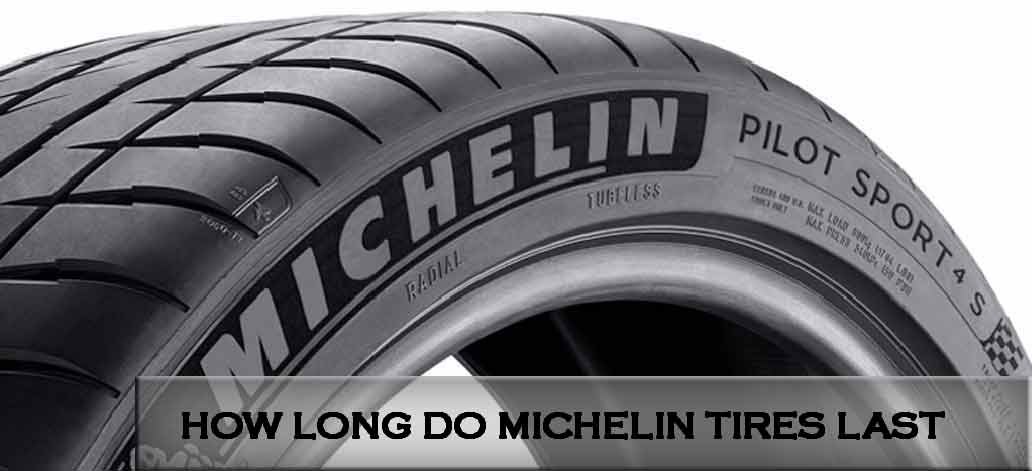 It is forbidden to lay tires on a wet and dirty surface.
It is forbidden to lay tires on a wet and dirty surface.
In the warm season, when storing tires outside, they should be covered with light-tight material and raised above ground level to ensure ventilation and prevent the occurrence of the greenhouse effect.
Storage on reflective, light and heat absorbing surfaces is prohibited.
Keep away from chemicals, oils, paints, open flames, electric motors that produce ozone.
Used tires must be washed and dried.
Tires without rims should be stored upright.
The service life depends on many factors: the load on the car, the quality of the roads, the driving style, the distance traveled, tire damage, etc. To increase their service life, follow these rules:
Check tire pressure every 2-3 weeks. With reduced pressure, tire wear increases by the equivalent of a % reduction. For example, a 15% reduction in pressure can result in a 15% reduction in service life. Inflated tires are less scary.
For example, a 15% reduction in pressure can result in a 15% reduction in service life. Inflated tires are less scary.
The wear of the front tires is always significantly higher than the rear ones, so it is recommended to swap them after some time, carefully watching the direction of the tread pattern and the direction of rotation.
Proper alignment of tires in relation to rims. If the direction is not the same, then performance is significantly reduced.
To prevent damage to the sidewalls of tires, avoid close proximity to curbs and high ledges.
Wash off dirt from the surface of the rubber and from deep grooves with special cleaning agents.
Adhere to an even driving style without harsh brakes and quick starts.
Do not overload the car beyond the norm. 20% excess weight leads to a 30% loss of tire life.
Keep the wheels balanced and check the alignment angles annually.
The main condition for a long tire life is:
- high quality products,
- careful operation,
- proper storage of tires in the off-season,
- timely diagnosis.
The age of tires in standard storage is a minor non-determining factor that should not be taken into account when buying them.
Previous article Next article
New winter tires Hakkapeliitta® C4 and Hakkapeliitta® CR4 from Nokian Tires , designed for difficult climatic conditions and capable of withstanding increased loads, will provide professional drivers and car enthusiasts with confidence on the longest routes.
Long-distance travel and trucking are growing in popularity, resulting in a growing demand for high-quality, environmentally friendly tires for commercial vehicles. The range of Hakkapeliitta C4 studded tires includes 20 sizes from 15 to 18 inches, the Hakkapeliitta CR4 winter non-studded tires range from 15 to 17 inches, the tires are excellent for modern models of light trucks and minivans. The new tires will hit retail stores in autumn 2022. The main sales markets are Russia, Kazakhstan, Belarus, the countries of Northern Europe. Hakkapeliitta winter tires are subject to Lifetime Extended Warranty .
The new NOKIAN TIRES Hakkapeliitta® C4 studded tires handle all winter conditions. Modern stainless steel square stud provides handling and superior traction on both ice and snow. An increased number of studs and a stainless steel stud body guarantee reliable traction.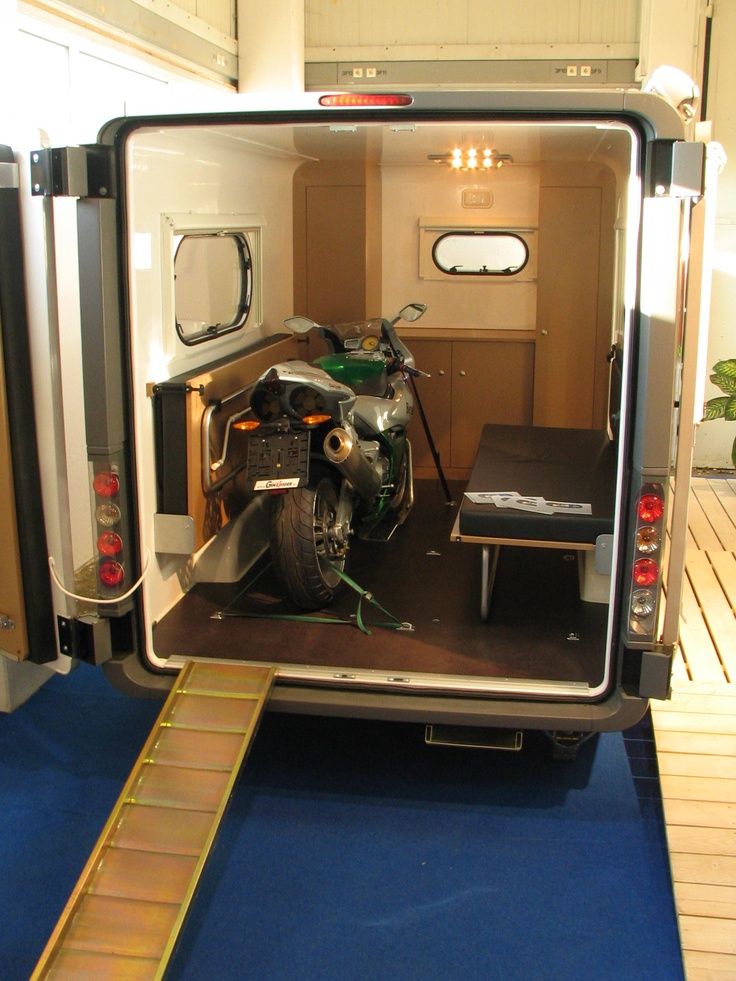
The excellent, balanced grip of the Hakkapeliitta C4 studded tire is ensured by modern stud technology. The body of the studs in the Hakkapeliitta C4 tire is made of stainless steel, resistant to corrosion and wear from road salt and moisture.
Powerful vehicles, particularly heavy vans, need to maintain control during hard maneuvers and braking through maximum lateral grip. The studs improve grip on ice both longitudinally and laterally, you feel grip on the road surface even at the limit of grip. The body of the stud is square in shape and firmly embedded in the rubber compound. Stainless steel studs grip the road effectively and serve reliably even with high mileage.
The new Hakkapeliitta C4 has an average of 10% more studs compared to its predecessor, the Hakkapeliitta C3. For example, in the popular size 235/65 R16C, the number of studs has grown from 110 to 124. The placement of the studs has been optimized using computer simulations to reduce driving noise.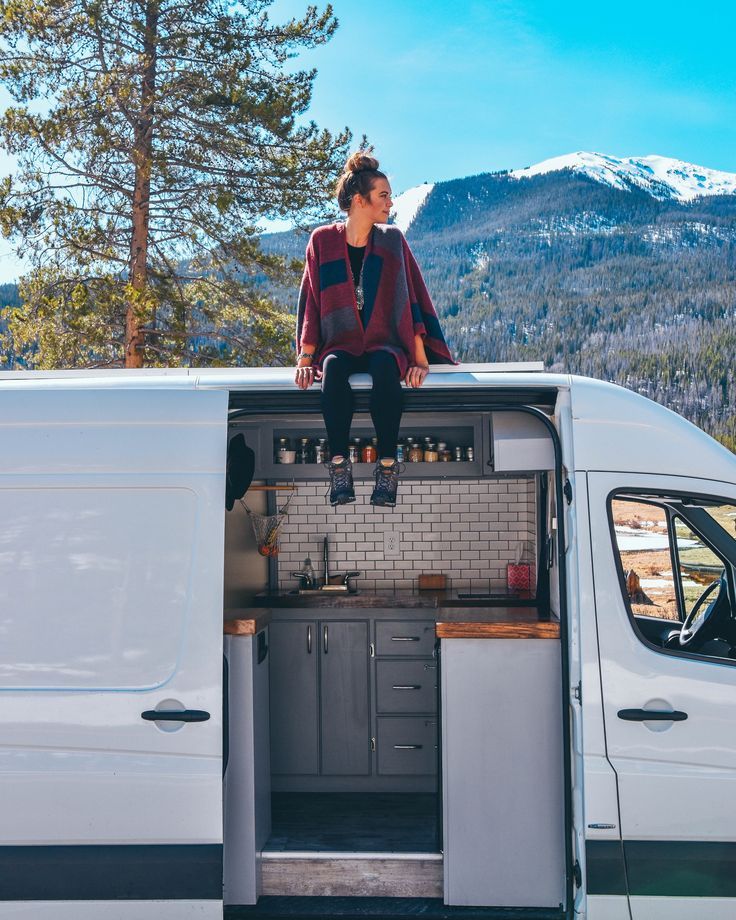 The low noise level improves driving comfort, particularly on long journeys. The sipes of different depth and size on the tread blocks also contribute to reliable grip on winter roads.
The low noise level improves driving comfort, particularly on long journeys. The sipes of different depth and size on the tread blocks also contribute to reliable grip on winter roads.
“The new tread design helps you handle ice, water and slush safely. Various tread block sizes and a strong, swept center zone design complemented by support ribs provide much-needed traction and stability. In the central part of the tread, the blocks are attached to the central rib, which ensures a smooth and stable behavior of the car even at high speeds, explains product development manager Mikko Liukkula (Mikko Liukkula). - Snow grip boosters - Snow Grip Booster - in the central part of the tread create additional edges for better grip on snow in both longitudinal and transverse directions.
A winter tread compound specially developed for use on light trucks that performs well over a wide range of temperatures and withstands heavy loads in severe winter conditions.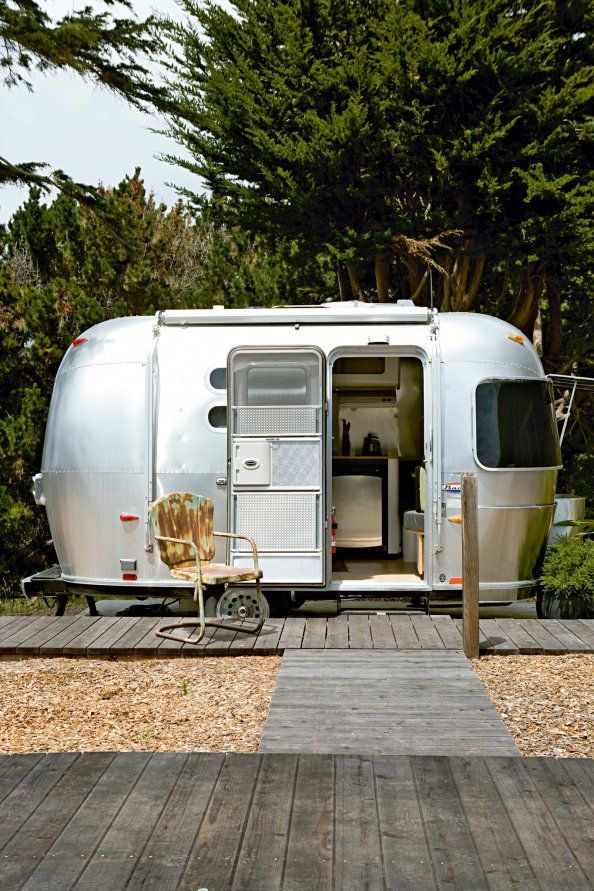 Tires retain traction in severe sub-zero temperatures, as well as on wet and dry pavement in warmer weather. The durable tread rubber compound is also cut and impact resistant.
Tires retain traction in severe sub-zero temperatures, as well as on wet and dry pavement in warmer weather. The durable tread rubber compound is also cut and impact resistant.
Durability is also provided by with aramid sidewall technology Nokian Tires . Aramid fiber not only protects against accidental tire damage, but also ensures that the car owner gets to their destination without any unpleasant surprises. The robust construction allows the tire to maintain its properties even under heavy loads and increases durability.
Tires N OKIAN TIRES Hakkapeliitta CR4 are designed for universal use on minivans and light trucks. Tires Hakkapeliitta CR4 provide reliable, quiet and easy driving in heavy snow and sudden changes in temperature, due to which the road becomes slippery.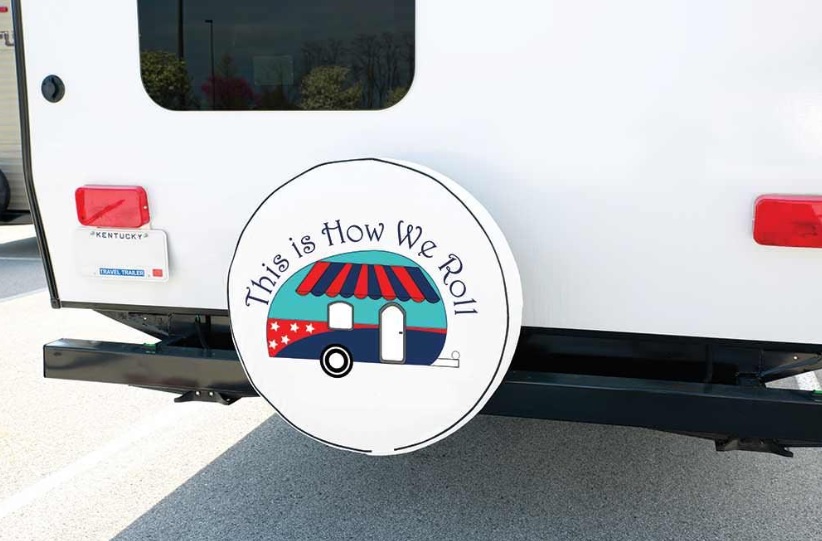
Reliable and quiet Scandinavian-type studless tires NOKIAN TIRES Hakkapeliitta® CR4 is the choice of drivers who want to feel confident and comfortable both on city streets and on unpaved gravel roads. Checkers and deep slats MultiTouch tread patterns improve handling on icy, snowy and wet roads. Comfortable handling is complemented by low rolling resistance, which reduces fuel consumption and carbon dioxide emissions. The eco-friendly approach will be appreciated by both professional drivers and travel enthusiasts.
New tread pattern with MultiTouch (multiple contact) technology - is the result of computer simulations and miles of real-world testing, which allows the Hakkapeliitta CR4 to adapt to sudden changes in winter weather conditions. Large serrated tread blocks have dense sipes that improve traction when accelerating on icy roads, as well as when cornering at speed in heavy snow conditions. Technology MultiTouch provides winter control and low noise levels.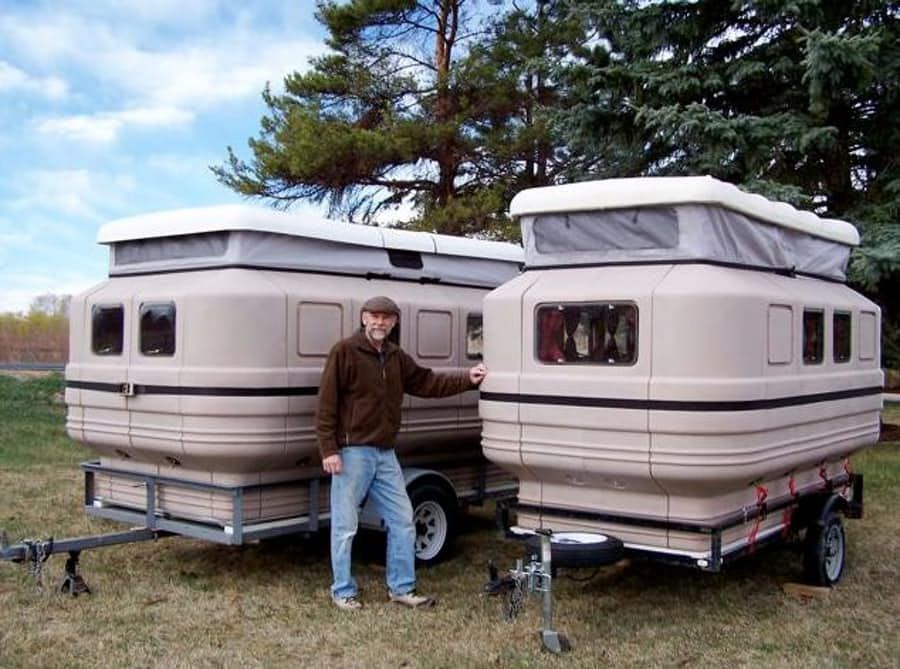 Additional grip lips enhance lateral and longitudinal grip. A constant feeling of reliable grip and balanced handling are essential components of safe driving. Brake boosters and and sipe activators on the tread blocks, as well as sharply changing main groove angles, provide additional grip on snow and ice.
Additional grip lips enhance lateral and longitudinal grip. A constant feeling of reliable grip and balanced handling are essential components of safe driving. Brake boosters and and sipe activators on the tread blocks, as well as sharply changing main groove angles, provide additional grip on snow and ice.
The changeable weather conditions in winter mean that a significant part of the trips takes place on clean asphalt. The open grooves in the tread pattern accelerate the removal of slush and water from the contact patch, effectively preventing gliding and aquaplaning. sipes on the center rib stiffen the center of the tire. The tread blocks are firmly bonded together for stability and safety when driving at high speeds, even in dry weather.
Minivan, camper or light truck owners need studless tires for safety, quietness, fuel economy and durability.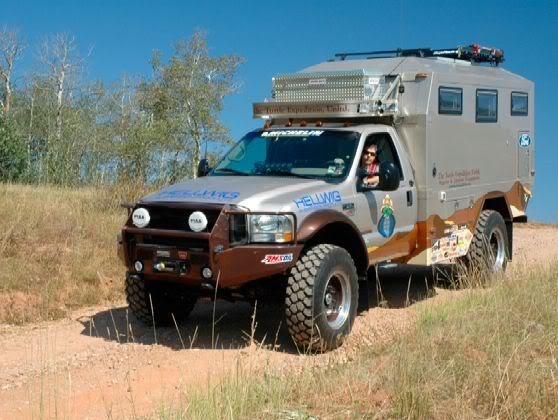
The large tread blocks and dense sipe network of the durable Hakkapeliitta CR4 tire work together with a flexible low-temperature rubber compound to reduce the impact of any bumps and bumps from a rut or pothole. At the same time, the noise level remains minimal when driving on different types of roads.
The rubber compound of the non-studded Hakkapeliitta CR4 runs safely over a wide temperature range and reduces rolling resistance, which improves fuel consumption. A softer outer layer of the tread surface enhances traction, while a harder under layer provides additional stability.
The durability required in various road conditions is further optimized with a durable double construction and aramid sidewall technology that protects the tire from impacts and cuts.
Designed for tough winter conditions, the Hakkapeliitta C4 studded tire is a reliable choice for those who value maximum grip on both ice and snow. Those who, in addition to reliable grip, also value acoustic driving comfort and lower fuel consumption, should consider the Scandinavian-type Hakkapeliitta CR4 studless tires.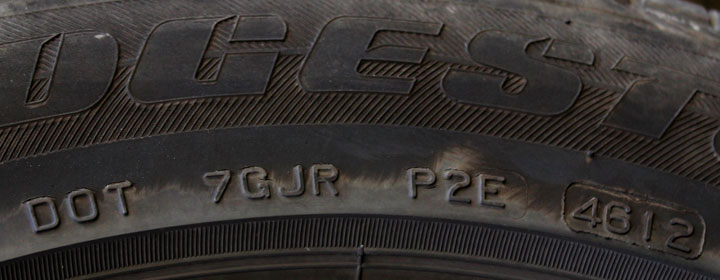 Both new models in the Hakkapeliitta commercial vehicle tire range are ideal for haulage, travel and leisure.
Both new models in the Hakkapeliitta commercial vehicle tire range are ideal for haulage, travel and leisure.
Excellent grip on ice and snow.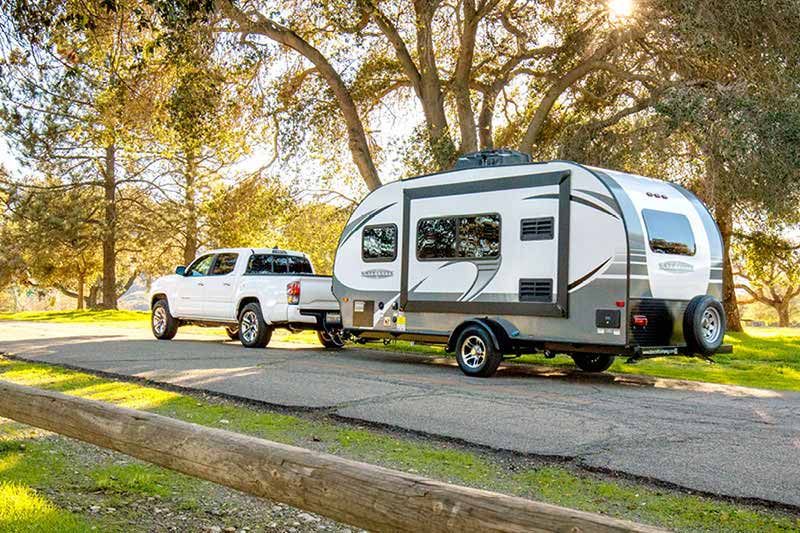 Constructed from stainless steel, the modern, durable square studs provide excellent traction even at high mileage. The studs have multiple edges to maximize the contact area both longitudinally and transversely, which in turn improves stud grip on slippery roads.
Constructed from stainless steel, the modern, durable square studs provide excellent traction even at high mileage. The studs have multiple edges to maximize the contact area both longitudinally and transversely, which in turn improves stud grip on slippery roads.
Comfort. The optimized stud arrangement of provides a comfortable low tire noise level, enhancing acoustic driving comfort, particularly on highways.
Improved snow traction with technology Snow Grip Boosters (snow traction boosters). The snow traction boosters provide more traction edges and increase traction on packed snow both fore and aft.
Unique protection against impact, cuts and potholes. Aramid sidewall technology from Nokian Tires for reliable protection against impacts and cuts .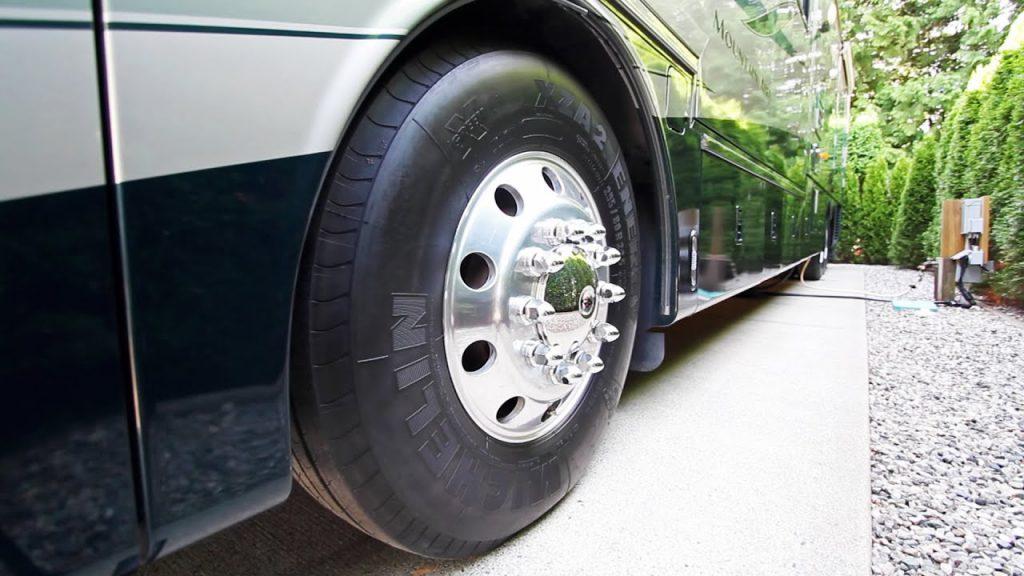 This unique solution provides improved tire resistance to impact and cuts. The rubber compound of the sidewalls contains an extremely durable aramid fiber, also used in bulletproof vests, which provides exceptional protection against impacts and cuts.
This unique solution provides improved tire resistance to impact and cuts. The rubber compound of the sidewalls contains an extremely durable aramid fiber, also used in bulletproof vests, which provides exceptional protection against impacts and cuts.
Balanced grip and handling. Tread pattern c MultiTouch technology (multiple contact). Deep sipe tread blocks improve vehicle handling on icy, snowy and wet roads. Large open recesses speed up the removal of slush and water, effectively preventing gliding and aquaplaning. The sipes on the solid surface of the center rib make the center of the tire stiffer. The tread blocks are tied together for stability and safety even in dry weather.
Better braking grip on snow. Brake boosters. Serrated brake booster pattern on the front and rear of the tread blocks improves traction when accelerating and braking on snow.
Excellent grip on ice and snow. Lamella activators. The already well-proven sipe activators are located both on the sides and in the center of the tread. Sipe Activators provide driving safety in fast-changing conditions, as a wider sipe activates a narrower sipe for extra grip in extreme situations.
Winter safety, comfort and sustainability. Rubber compound Hakkapeliitta CR4. Non-studded tire compound performs reliably over a wide temperature range and has low rolling resistance, resulting in lower fuel consumption and reduced environmental impact. The quietest and most comfortable driving on various surfaces.
Unique protection against impact, cuts and potholes. Aramid sidewall technology from Nokian Tires for reliable protection against impacts and cuts . A durable aramid fiber has been added to the tire's sidewall rubber compound to provide additional protection against mechanical damage, rut impacts or potholes on poorly cleared roads.